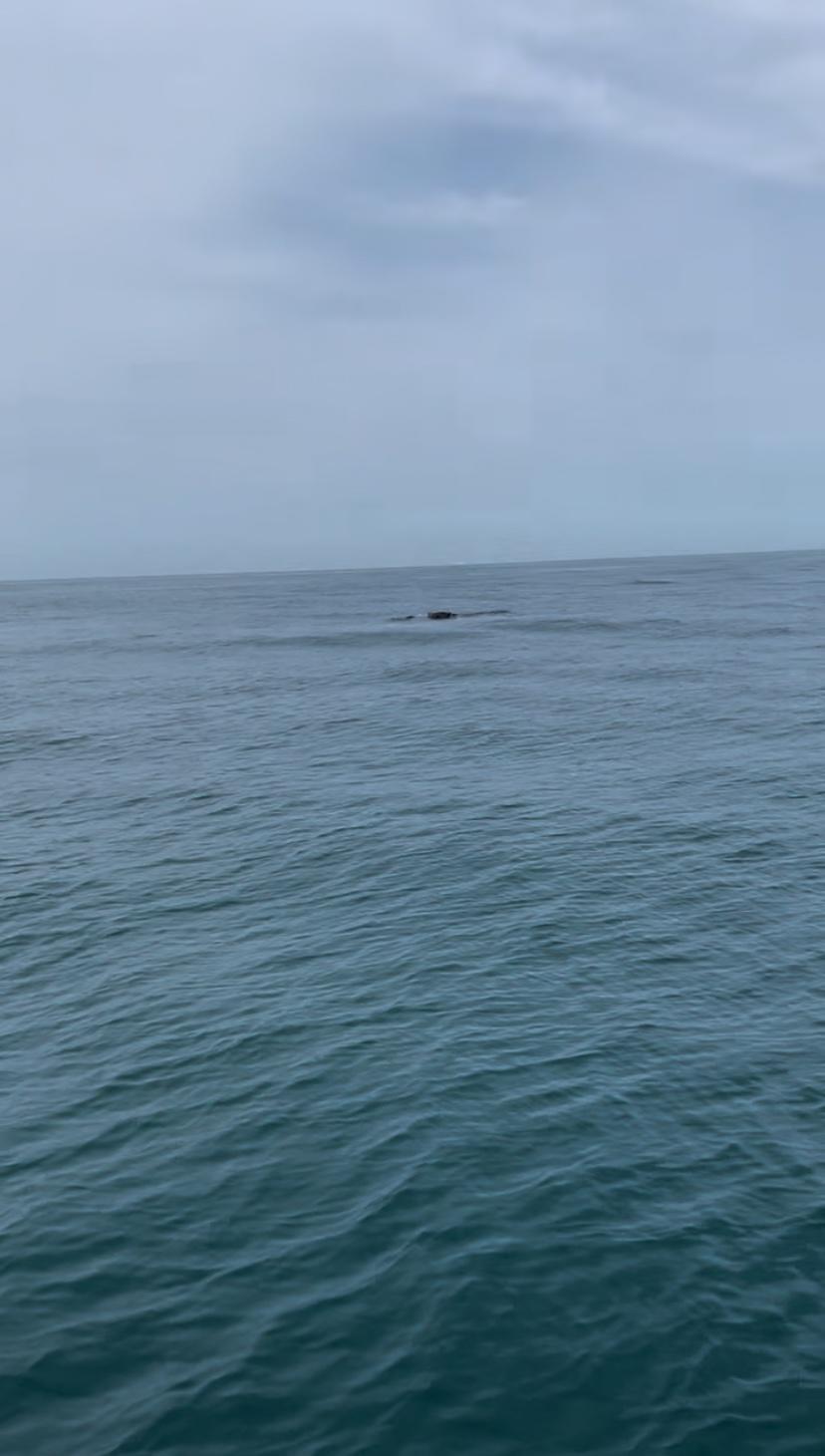
Caption
Right whale Catalog #3590 ‘Dog-ear’ and calf sighted and reported by fishermen offshore of Cape Canaveral, FL. Right whales can be difficult to spot even in good weather. Unusual or persistent white water with a small amount of black is often all that is visible.


